Going down (around 5:00):
I went past the Whole Foods Market on Mack Avenue and took a right to Brush Street. This was the recommended route by MoGo, our bikeshare company, since it had bike lanes throughout. On brush street, I found several large houses that reminded me of those in the Detroit suburbs. It was quite an interesting sight to see them in the city. Upon closer inspection, I realized that some houses were likely long abandoned. However, there were other newer houses that just finished construction, and realty signs pasted all over them. This juxtaposition was sad to me – it showed that it is often more cost-effective to build from scratch than to refurbish an older establishment. Taking a right on Wilkins Street, I looked to my right to see a blocked-off road. Concrete blocked the entrance, and vines and weeds covered the sidewalk. I was excited but hesitant. Where could that road have led to? What warranted its closure? I soon reached the familiar sheds of Eastern market. Yet, it was a Thursday. No one was in the sheds, and they seemed empty and forlorn. The street shops near the sheds were similarly devoid of activity. It was quite interesting that the sheds did not see much activity except on Saturday mornings and Wednesday mornings.
Coming back (around 7:30):
Again, I travelled through Eastern market. The sheds were still pretty lifeless, except the storefront was filled with people. Diners, shoppers, and workers flooded the area, and it was tough to maneuver around them. It was a pretty shocking disparity. I guess I first passed through at a time when most Detroiters were still at work. Instead of turning on Wilkins Street, I continued up and around the hospital area. The hospital was sprawling, reminiscent of Duke and its own medical campus. Afterwards, a science and technology high school could be seen, but the building seemed pretty bland compared to the hospital.
It seems to me that the climate of Detroit consists of many mismatches. Old abandoned buildings are next to recently built ones. The sprawling hospital complex is next to a wooded neighborhood of small houses. Streets such as Woodward Ave see frequent activity; others are overgrown and shut off. It was quite an interesting sight to behold as I rode my bike that Thursday evening.
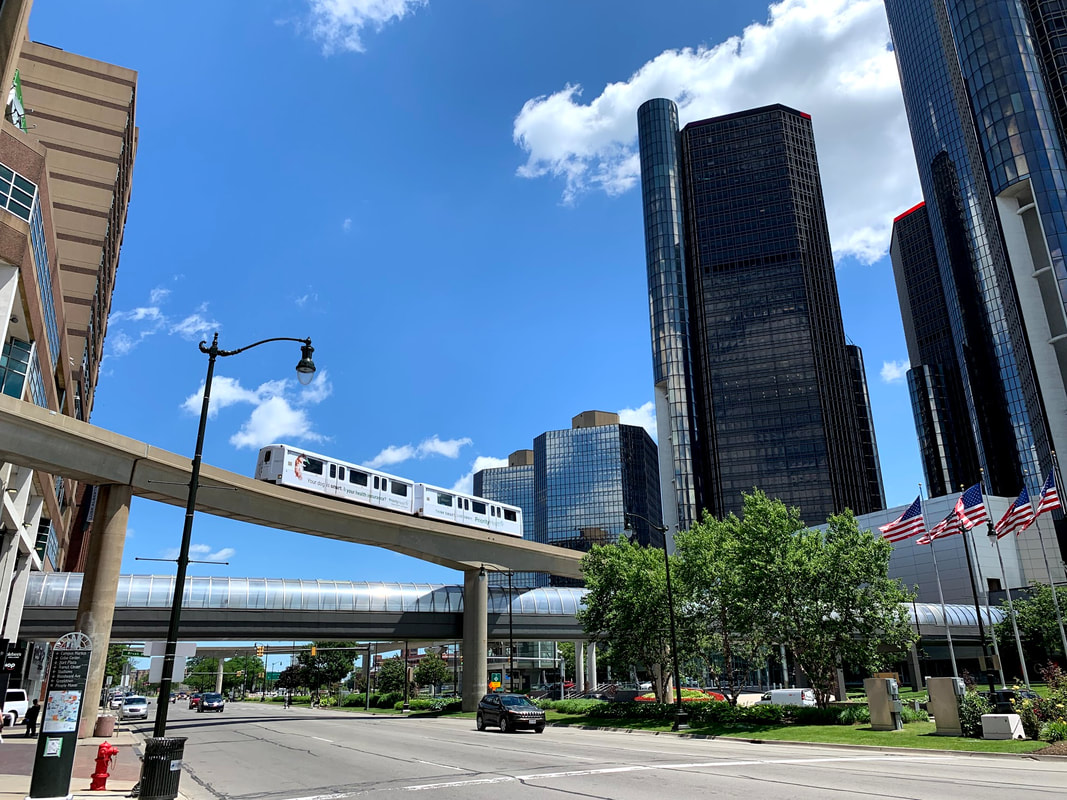
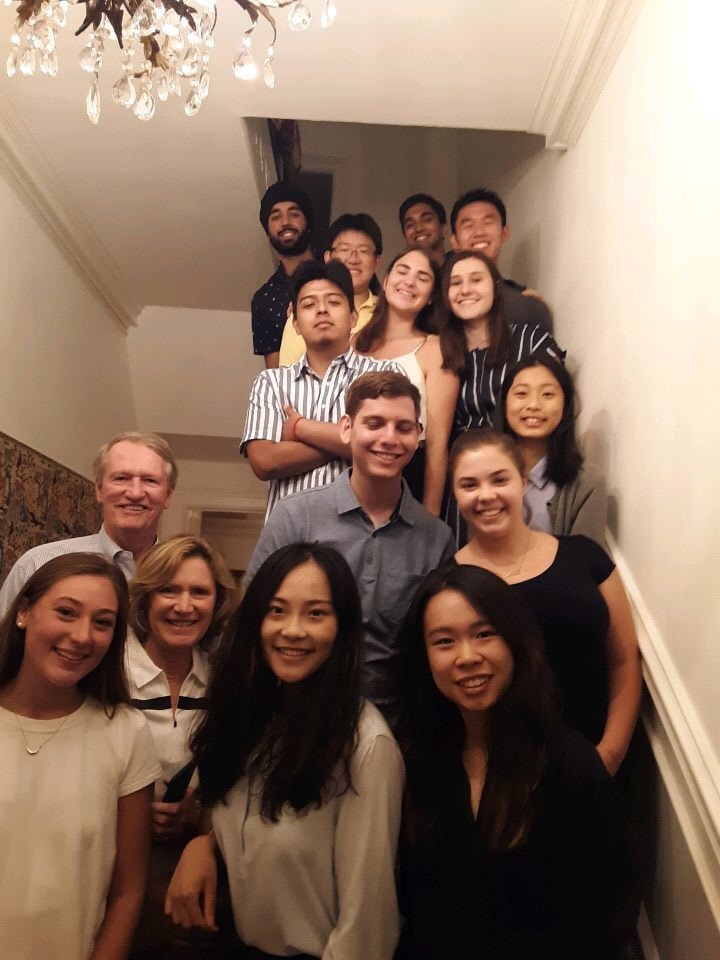
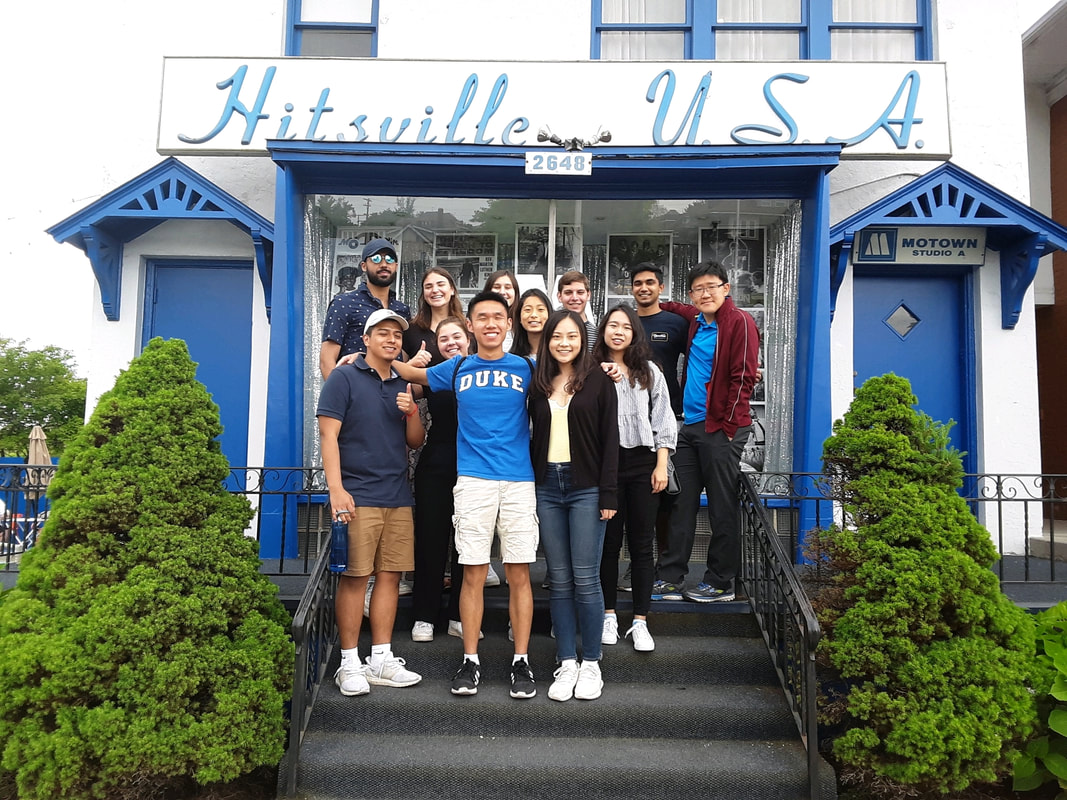
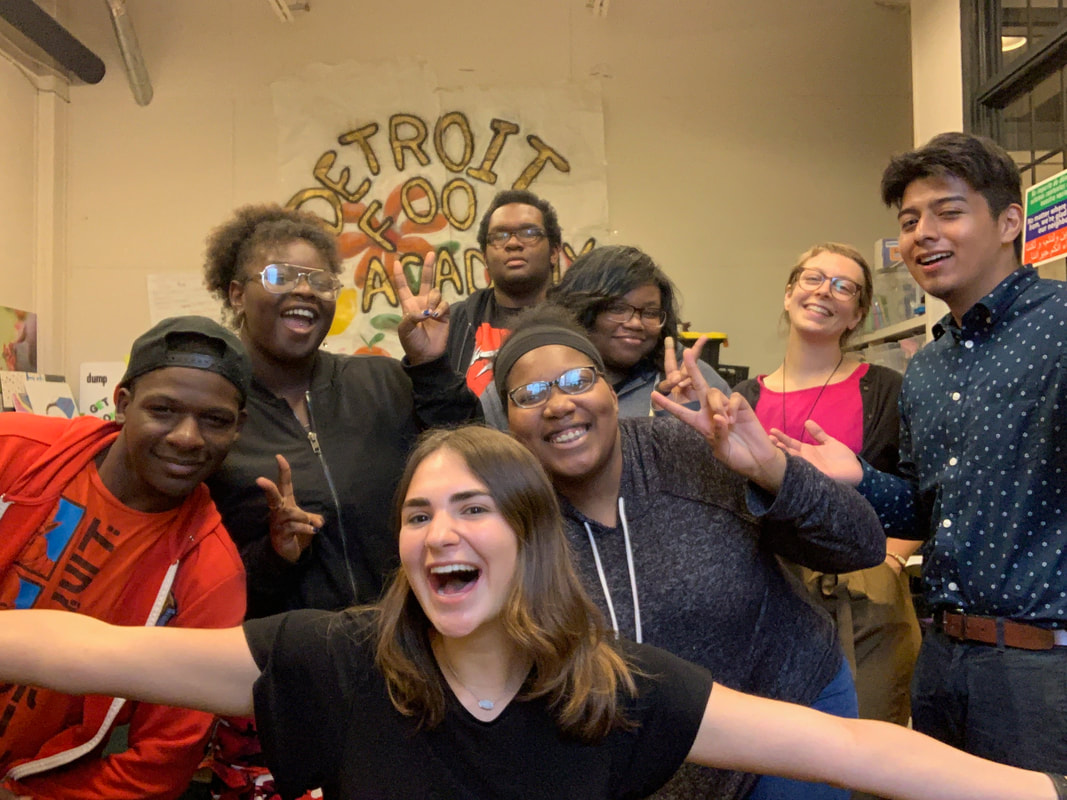
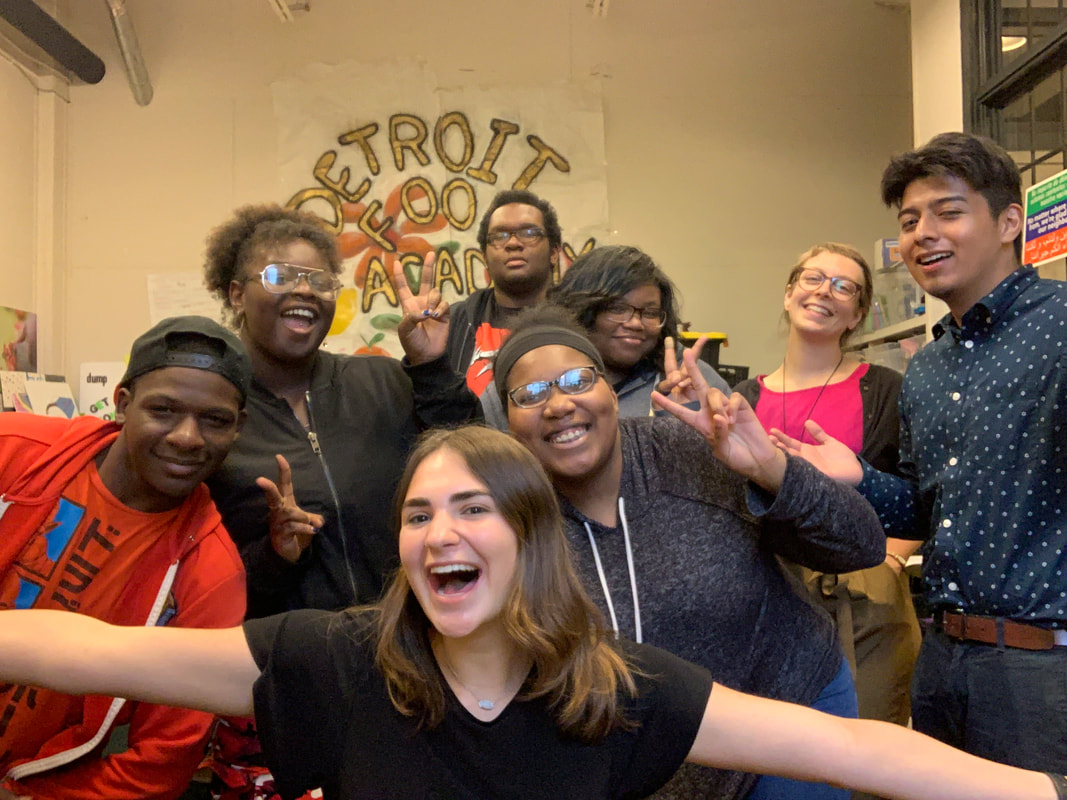
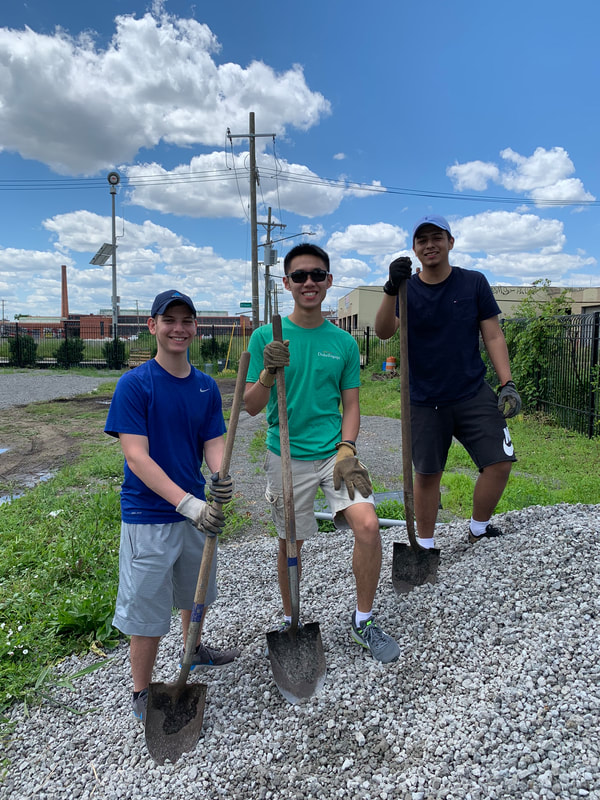
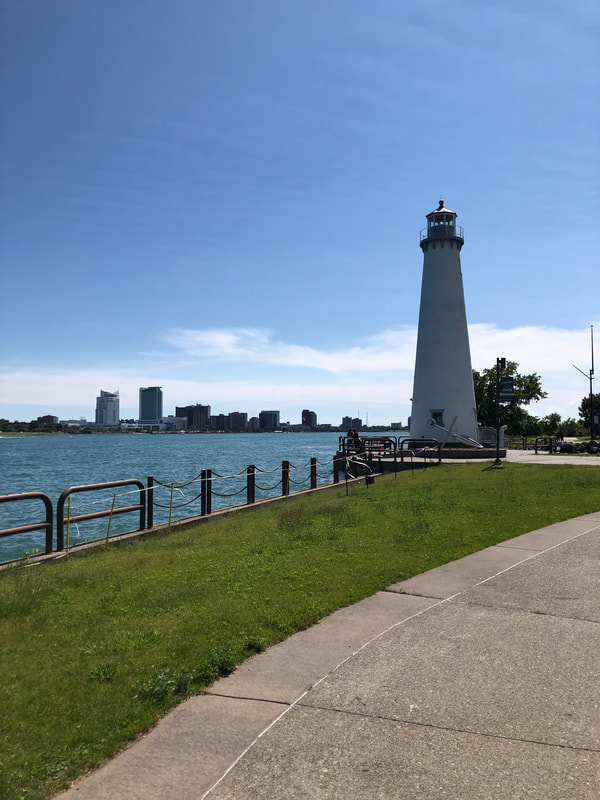
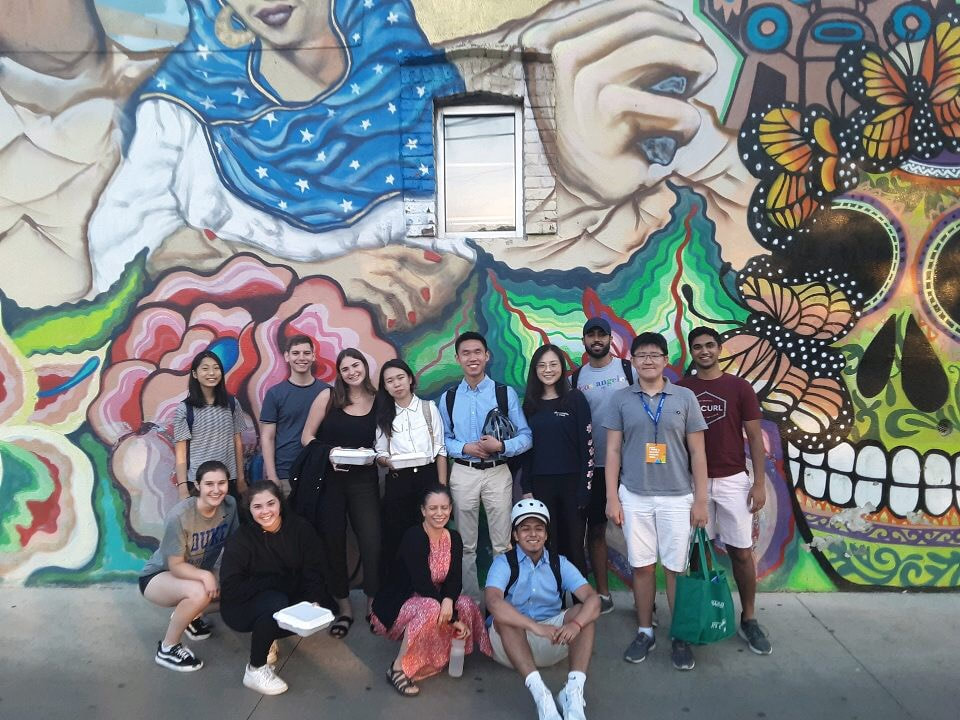

 RSS Feed
RSS Feed
